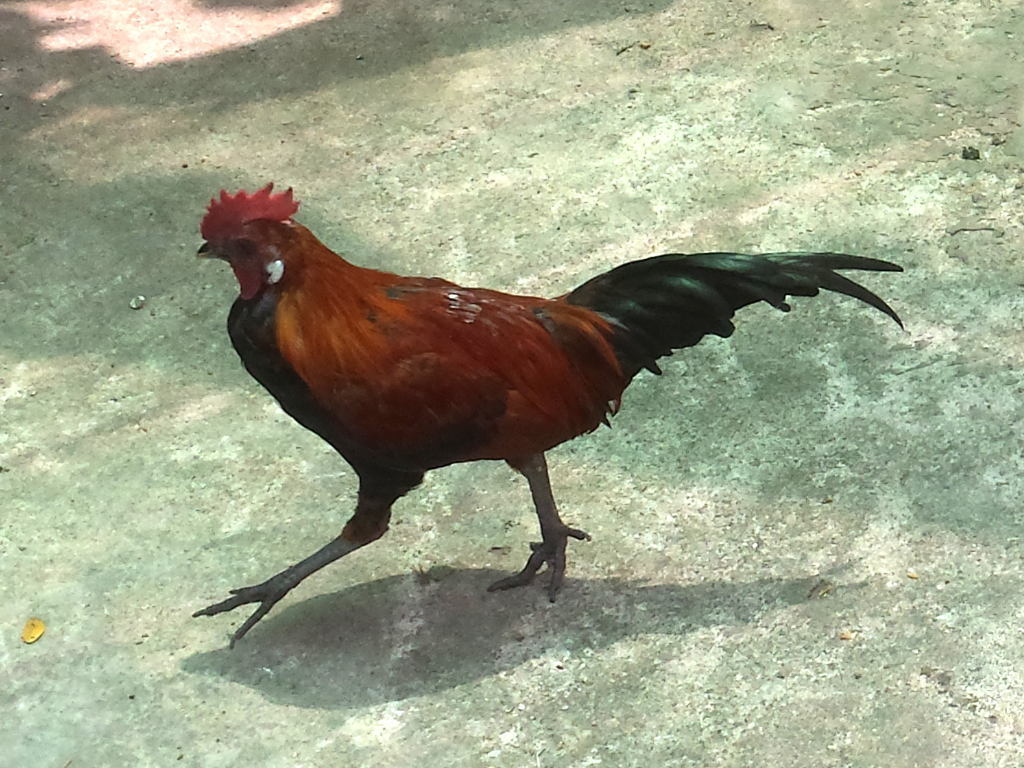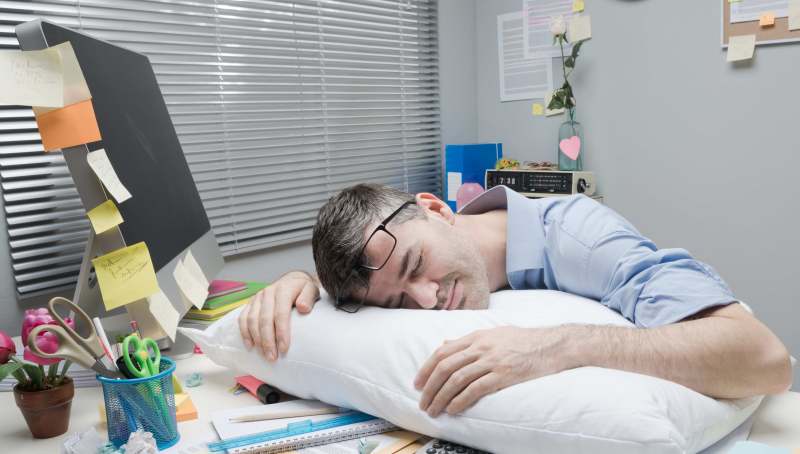
As soon as the headless chicken wakes up, it starts running in circles. It becomes frantically active, checks its mail, and feels the urge to do something. Anything that can relieve the stress and the worries will do.
While handling the phone, it opens the pantry to refill the coffee maker. Too bad, there is no more ground coffee left. Well, instant coffee will do for now.
“Shit, it put the coffee in the kettle instead of the cup…”
The chicken has no time; it wants to do everything at once.
And so it forgets some of its papers on the nightstand and runs back and forth and all around the house to fetch everything for the office.
It truly has lost its head.
Fortunately, the drive to the office is without any major incident. While still at the wheel, the chicken’s head is already at the morning meeting.
It doesn’t see anything to its left or right. Neither beauty nor danger! Had a little chick suddenly run out from behind the parking cars, it would have been flat!
In fact, a little bit earlier, there was a little chick.
Luckily, by the time the headless chicken drove by, the little chick had already safely crossed the street. An elderly couple saw it early and stopped to allow the chick to cross safely.
The headless chicken didn’t know anything about this though when it angrily flashed its headlights at the slow moving car in front of it – the car of the elderly couple that had just spared the headless chicken a nightmare.
What does this have to do with me?
I have been a headless chicken at some point in my life. Sometimes I still am, I am afraid.
But now I have more experience and strategies to re-find my head in most situations. I am still learning, mind you.
In this post, I want to share with you how we often lose our head in the craziness of our busy mind, and eight simple techniques that help me to stay happy and productive.
If even one of them helps you to get back your peace of mind and cruise through the day, this post has served its purpose.
How the chicken lost its head
At the root of our frantic activity are worries that we are going to run out of time or money and the realization that we have no control over this world.
We feel we have to do something, anything to get back in control and on top of things.
Here are some common causes for our headless-ness:
Read moreDon’t Be a Headless Chicken: 8 Tips for More Happiness and Productivity

